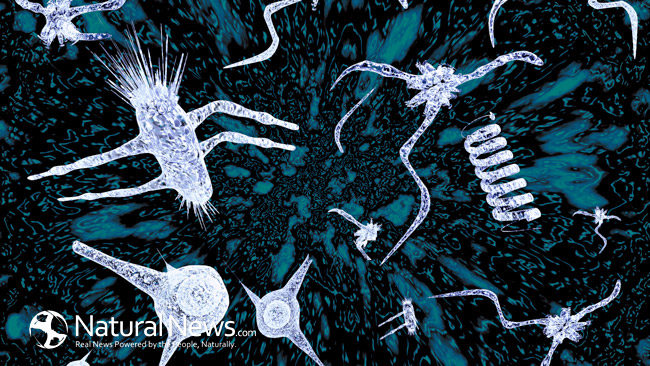A study published in this month’s New England Journal of Medicine is the latest bid in the medical industry’s ongoing campaign literally to make us all sick.
The SPRINT study looked at the benefits of intensive control of blood pressure. 9361 participants were recruited for the study, all over 50 years of age, with 28% of them being 75 or older. All participants were judged to be at increased risk of cardiovascular disease, by any of a variety of criteria. Half of the participants were assigned to the intensive-treatment group, with a target systolic blood pressure of 120 mm Hg, while the other half were assigned to standard treatment, with a target of 140 mm. Patients were seen monthly for the first three months, and then every three months thereafter. Lifestyle modification was encouraged for both groups as part of the blood pressure management strategy. Not surprisingly, patients in the intensive-treatment arm got more prescriptions for blood pressure medications (an average of 2.8 per patient) as opposed to those who got standard treatment (an average of 1.8 per patient).
Recruitment began in 2009, and the study was scheduled to continue until 2017, but researchers halted it early after obtaining “potentially life-saving information.” Even before the paper was released, an NIH press release hailed the “landmark” study, proclaiming “Lower blood pressure target greatly reduces cardiovascular complications and deaths in older results.”
And just how much did the lower blood pressure target reduce the death rate? The intensive treatment group experienced a one in ninety drop in the death rate – accompanied by a one in one hundred and sixteen increase in the rate of serious but nonfatal adverse events such as kidney failure – but never mind that for a moment. The big questions is, how much longer were people living as a result of intensive control of their blood pressure? We don’t know, but we can make a rough estimate. The mean follow-up time was 3.26 years. Let’s see, one-ninetieth of 3.26 years is…thirteen days.
It’s not a foregone conclusion that even this paltry improvement was due to the increased us of antihypertensive drugs in the intensive-treatment arm. Could it be that some of these folks, after initially failing to meet their blood pressure goal, decided to ramp up their efforts at exercising? We don’t know this, but it’s something to think about.
More to the point, what happens after the 3.26 years is up? In the absence of data, again we just don’t know – but those mortality curves have to converge sometime. We all have to die of something.
That’s the bad news. The good news is that almost every one of us is born with everything he needs to have a powerful and healthy body into his seventies, if he takes care of it. And if some people can’t be bothered to take responsibility for the most basic tasks necessitated by their biologic makeup, doesn’t that indicate that maximizing longevity is not their highest priority?
The medical profession and the pharmaceutical companies are engaged in a relentless campaign to pathologize more and more of the normal range of human variation, literally trying to make us all sick, in order to get us all swallowing as many of their wares as possible, every day of our lives. In world in which millions die every year from the diseases of poverty, isn’t this fussy fearful obsession of affluent middle-aged and beyond-middle-aged First-Worlders with tiny risks and tiny reductions in risk a bit unseemly? We’re not paying for the medicines we’re getting now. Is it time to say enough is enough? And if not now, when?
The essence of addiction is the pursuit of ever-diminishing rewards by ever-more-drastic means. Our relentless search for new drugs, and new drug indications, is in and of itself starting to look like an addiction.





